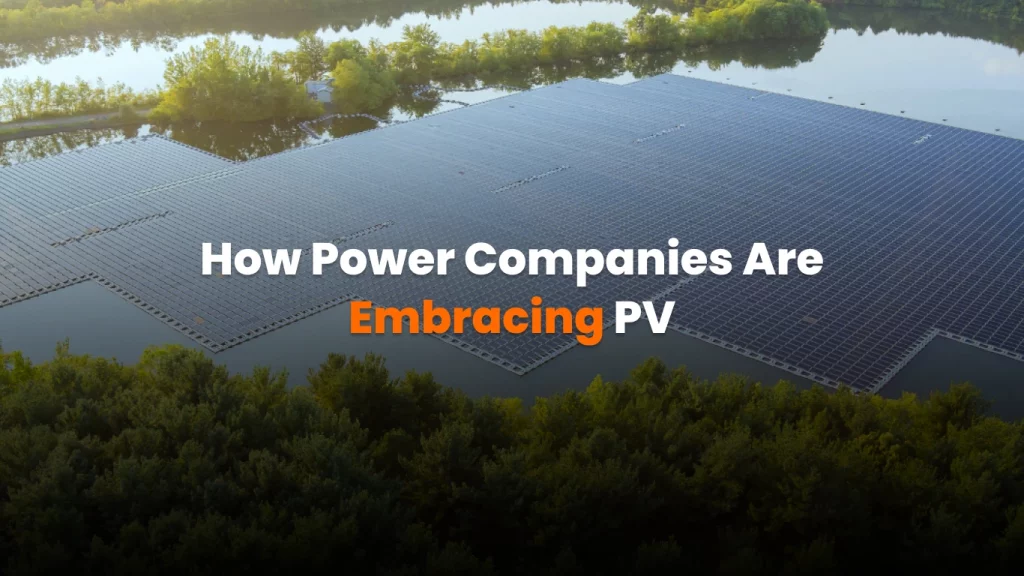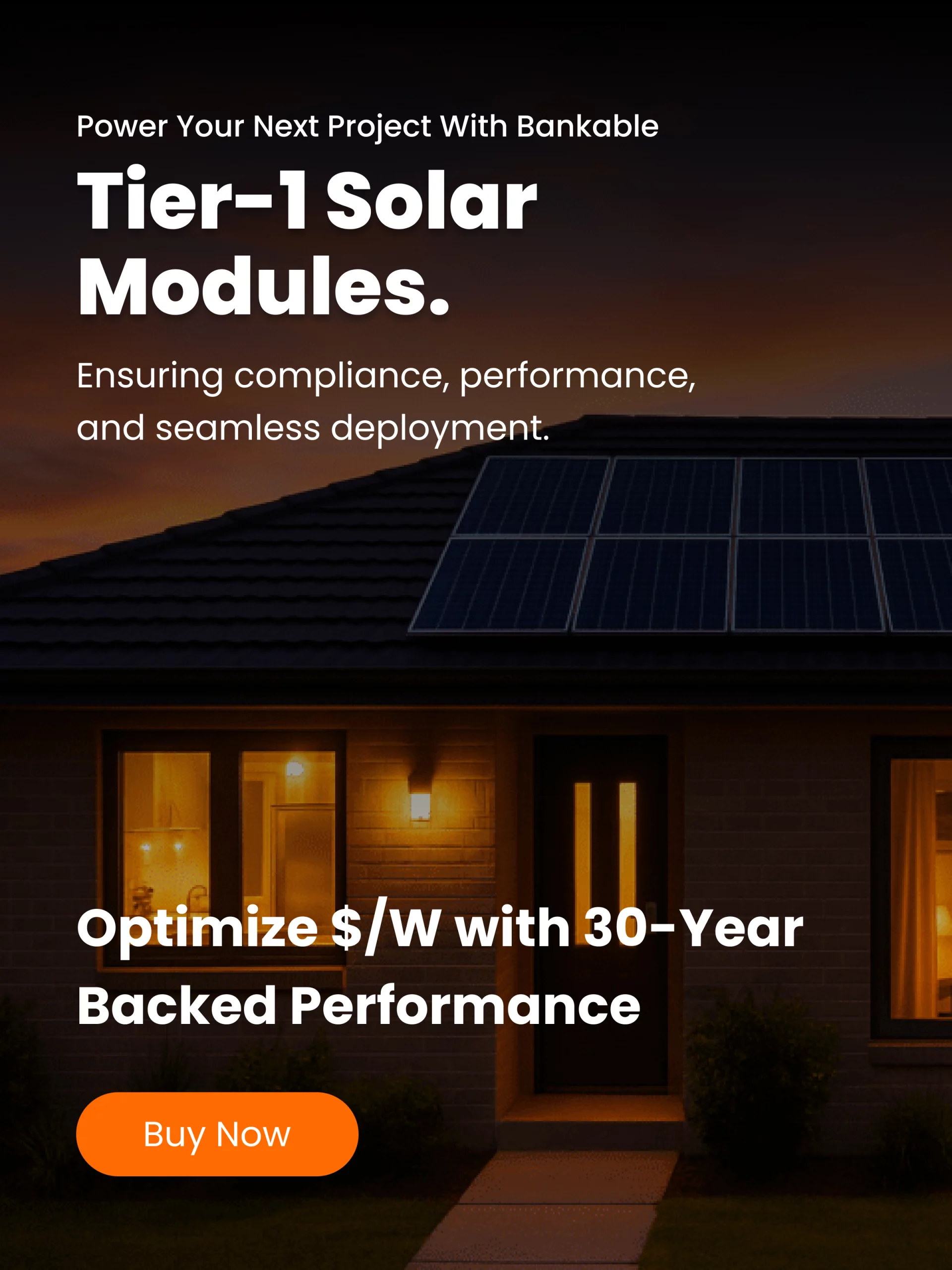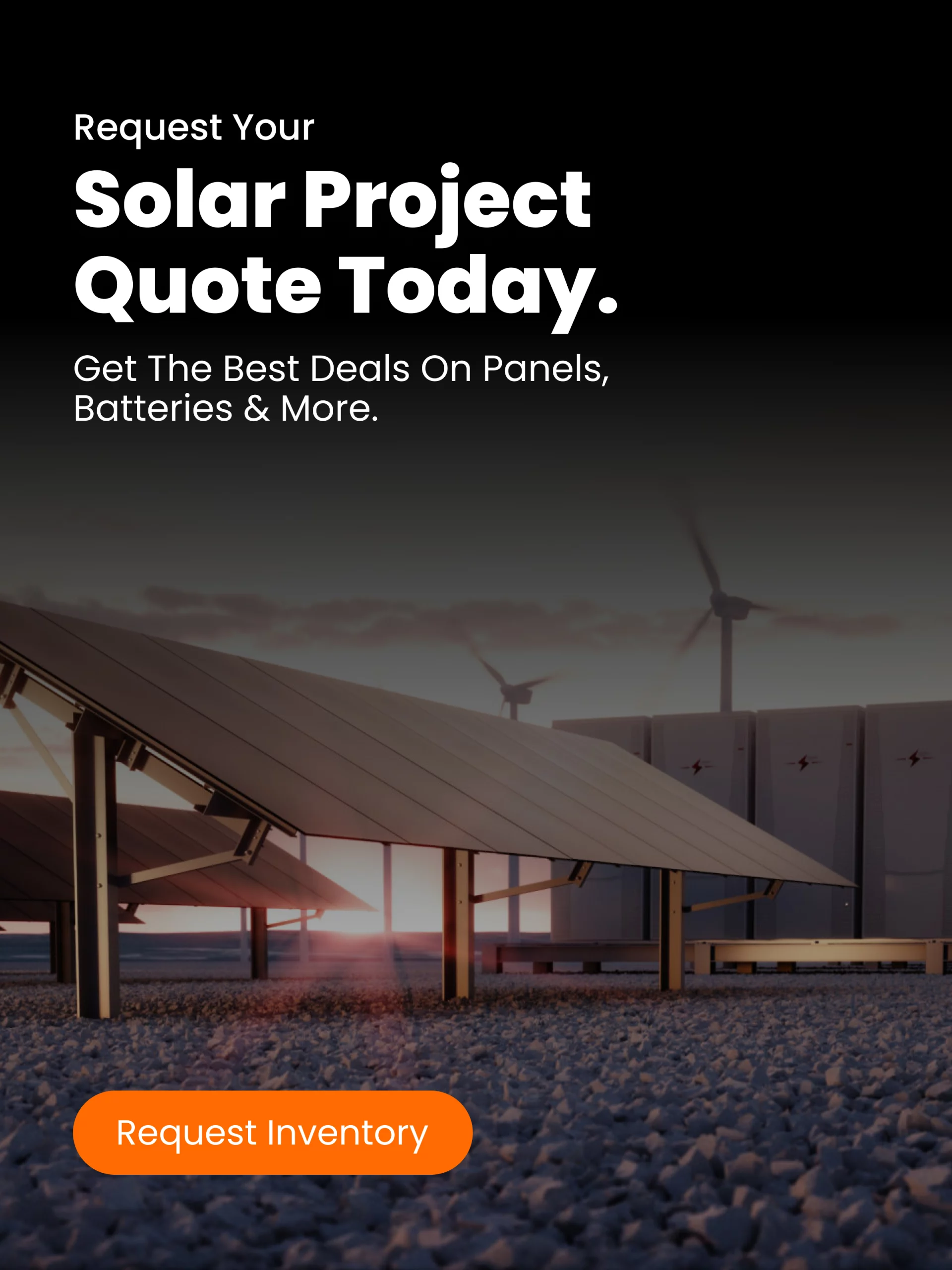Introduction
Across the United States, electric utilities, from investor-owned giants to municipal and cooperative utilities, are dramatically expanding their solar deployments in 2025. September’s news highlights include utilities bringing large solar farms online, launching innovative customer programs, and integrating solar with grids in new ways. This represents a pivotal shift: utilities, once wary of intermittent renewables, are now among the biggest drivers of solar growth. Here’s a look at how utility solar is evolving and what it means for solar developers, equipment suppliers, and energy customers.
Utilities Adding Record Solar Capacity
The numbers tell the story: utilities are adding solar generation at an unprecedented rate. In the first half of 2025, solar accounted for 75% of all new U.S. power capacity additions, much of that in utility-scale projects. Solar (often paired with storage) has become the dominant choice for utilities expanding their generation fleets, far outpacing wind or natural gas in new builds. In fact, if you include battery storage, solar plus storage made up 82% of new capacity in H1 2025. This marks a turning point: renewable energy is now the default for many utilities planning to meet growth or replace retiring coal plants.
Platte River Power Authority (Colorado)
As noted in Blog 3, PRPA began receiving power from the new 185 MW Black Hollow Sun I solar farm, now its largest contracted solar resource. This community-owned utility (serving cities like Fort Collins) is working toward a 100% non-carbon energy mix by 2030, and solar is central to that target. The successful integration of such a large solar project demonstrates that even mid-sized utilities can handle utility-scale PV and are willing to sign big power purchase agreements. It also provides a real-world example of solar smoothing out grid needs. PRPA can use midday solar to reduce demand on its fossil units, saving fuel and cutting emissions, benefiting its ratepayers.
Florida Power & Light (Florida)
FPL, the nation’s largest utility by retail sales, has been executing on its “30-by-30” plan (30 million solar panels by 2030). By September 2025, FPL has brought over 50 solar farms online (each roughly 75 MW) across Florida’s sunny landscape. This month, FPL announced completion of another ~300 MW of solar capacity as part of its “Solar Energy Centers” expansion. The company’s embrace of large-scale solar, often in combination with battery storage to form the innovative “solar plus storage microgrids,” is providing a template for other regulated utilities. FPL notes that its solar plants help hedge against volatile natural gas prices, ultimately saving customers money. Utility executives increasingly frame solar not just as green, but as the lowest-cost new generation which stabilizes rates (a key message for regulators).
Duke Energy (Carolinas & Florida)
Duke Energy, historically a big coal and gas utility, is pivoting to solar in a big way under clean energy commitments. In the Carolinas, Duke is procuring 2,660 MW of new utility-scale solar from 2025 to 2029 as mandated by state law. Notably, in August, North and South Carolina regulators approved new “Green Source Advantage” programs (green tariffs) that allow Duke’s large commercial customers to directly fund new solar farms which Duke will build or buy. This effectively lets cities, corporations, or universities get access to utility-scale solar through the utility, a model bridging traditional utility procurement and corporate PPAs. By September, Duke was gearing up to formalize this program, signaling a trend: utilities offering renewable energy options to their big customers as a service. In Florida, Duke Energy Florida’s ten-year plan indicates significant solar additions as well, aiming for ~95% carbon-free by 2045. For solar developers, Duke’s approach means new opportunities to partner on projects via RFPs or the green tariff mechanism. For customers, it means easier pathways to go 100% renewable through their utility.
Mississippi’s Emerging Solar Push
While some Southeastern utilities were slow to start on solar, even traditionally coal-dependent areas are changing. Mississippi Power (a Southern Company subsidiary) and cooperative utilities have, by September 2025, integrated nearly two dozen solar farms statewide. Many of these are smaller (1 to 20 MW) projects often built in partnership with co-ops or local economic development initiatives. The Mississippi PSC’s docket in September listed at least half a dozen new solar projects seeking approval, reflecting growing interest. Utilities in Mississippi highlight that solar is providing fixed-price energy that hedges fuel costs. The Sierra Club noted it is a “win for ratepayers” as it saves money over time. As costs decline, we can expect every utility, even in conservative regions, to add solar simply because it is economically sensible. This broad adoption is good news for equipment suppliers since regions that were marginal markets are now ordering panels, inverters, and BOS components, diversifying demand.
Innovative Utility Solar Programs
Community Solar & Shared Solar
Utilities in many states are rolling out community solar programs. For example, Georgia Power (part of Southern Company) was pushed by regulators and agreed in mid-2025 to pilot community solar offerings. Georgia Bright, a nonprofit coalition, launched a no-cost solar program for low-income households, and one upcoming phase will involve utility-led community solar grants to local utilities to benefit low-income customers. Similarly, in Colorado and Minnesota, Xcel Energy offers Solar*Rewards Community where customers can subscribe to utility-facilitated solar gardens. These programs allow renters, businesses, and others who cannot put panels on their property to still participate in solar, via the utility.
Green Tariffs for Corporates
Duke’s Green Source Advantage and similar programs in Utah (Rocky Mountain Power’s Schedule 34) or Nevada (NV Energy’s GreenEnergy Rider) show utilities trying to keep large users from going third-party by providing renewable energy deals themselves. In North Carolina’s newly approved plan, customers pay a premium to speed up new solar construction by about two years, essentially buying additionality faster. This indicates utilities see a business opportunity in meeting corporate sustainability needs. Solar developers should note that working with utilities on these programs could streamline PPA processes compared to negotiating separate deals with corporates.
Net Metering and DG Integration
Some utilities have had contentious relations with rooftop solar (e.g., California’s NEM 3.0 debate). But others are finding middle ground with smart export rates, time-of-use adjustments, or utility-owned rooftop programs. For instance, Green Mountain Power in Vermont long ago let customers choose utility-owned panels on their roof for a bill credit. In Maryland, utilities are working with the state on adopting SolarAPP+ to streamline residential PV permitting. Easier solar installs ultimately help utilities meet renewable goals too.
Solar-Plus-Storage for Grid Support
A growing number of utilities deploy solar plants with battery storage to provide not just energy but also reliability services. Arizona’s APS and SRP are bringing online solar farms with large batteries to meet evening peak demand. Hawaiian Electric this year completed a slew of solar plus storage projects as it retired its last coal plant. In California, CAISO’s utility members rely on solar plus storage as a peaker replacement. September saw more utility storage procurements which will pair with solar. The upshot: utilities view solar and batteries together as a dispatchable resource that can replace fossil peakers.
Why This Matters for Solar Businesses
The acceleration of utility solar creates a robust pipeline of projects and programs that solar companies can tap into.
- Developers & EPCs: Utilities issuing RFPs for solar and solar plus storage represent huge business opportunities. Staying attuned to utility procurement schedules in each region is key.
- Manufacturers & Suppliers: Utility projects are large and standardized, meaning bulk orders for modules, trackers, inverters, and transformers. Suppliers should target these channels, pre-certify products, and offer strong warranties.
- Solar Investors: Utilities generally have strong credit, so projects with utility offtake are seen as low-risk, attracting infrastructure investment funds and pension funds.
Conclusion
The big picture is that utilities have moved from solar skeptics to solar champions. September 2025’s developments, including new plants online and forward-looking programs, show utilities embracing solar as a cornerstone of their resource strategy. This is a win-win: utilities meet clean energy mandates or voluntary goals while lowering costs, and the solar industry gains a powerful ally with deep pockets and vast customer reach. For solar businesses, aligning with utility needs (scale, reliability, smooth grid integration) will be key to capturing this market. The phrase “utility-scale” has always implied size, but now it also implies mainstream. As utilities step up, solar’s future looks brighter than ever on the grid.




